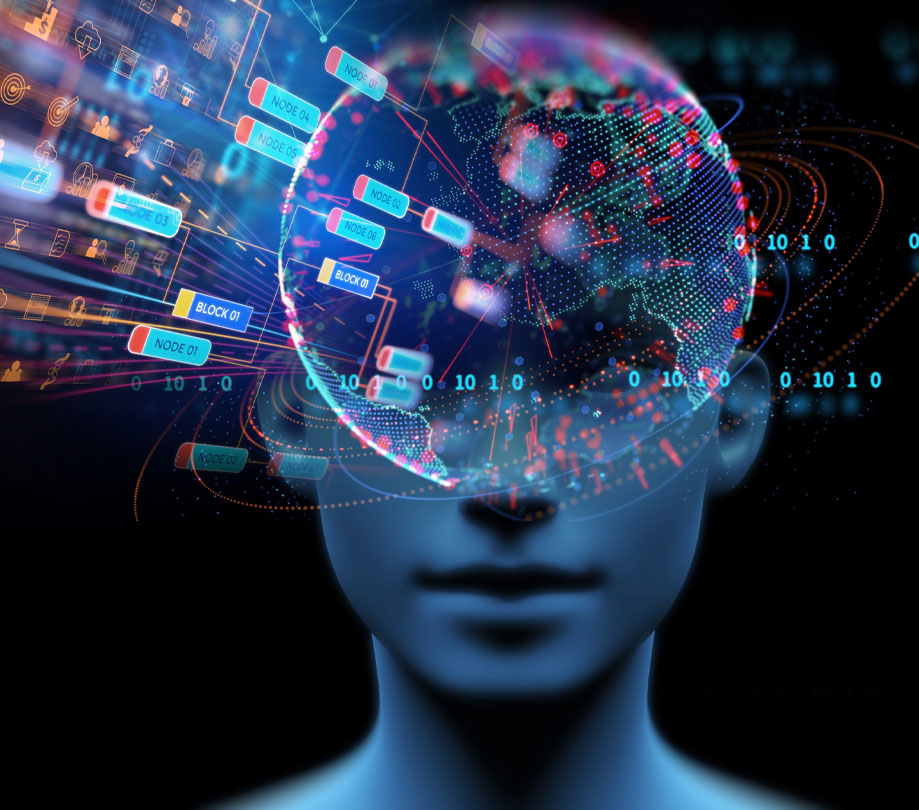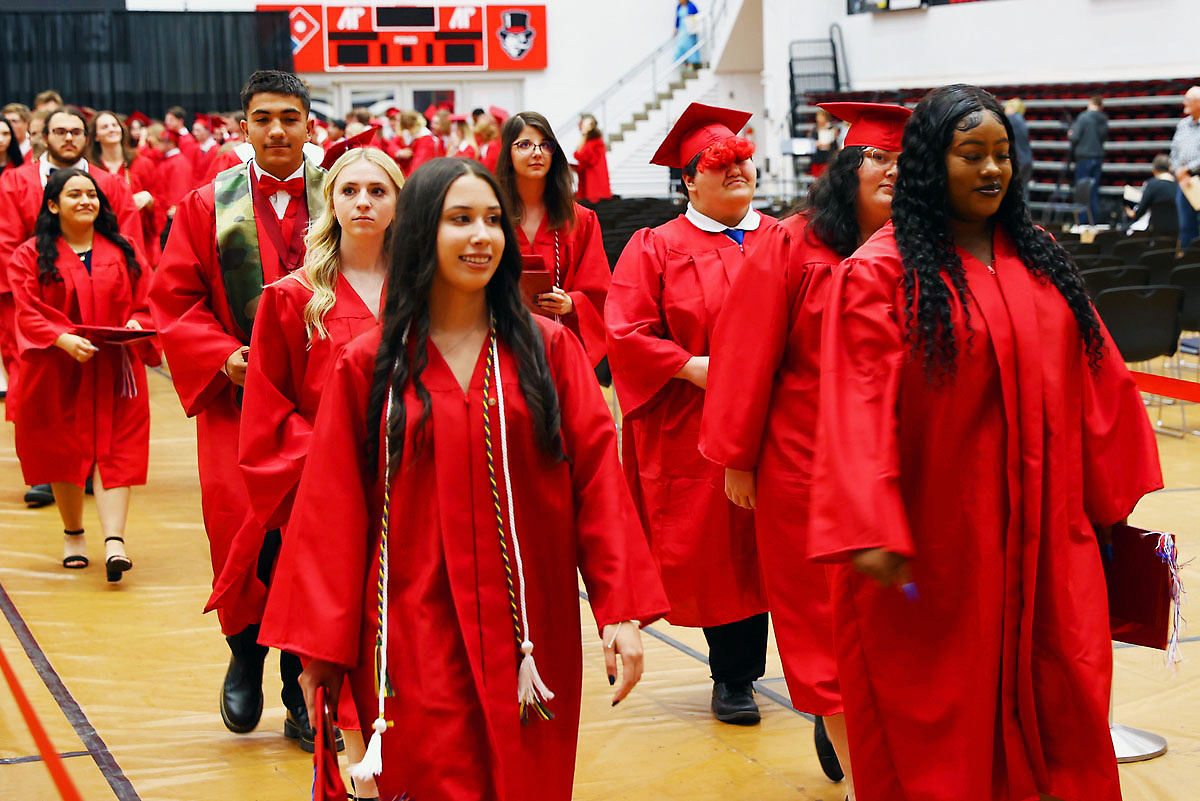When it comes to the modernization and evolution of local agencies’ IT infrastructure, from legacy systems to the adoption of state-of-the-art technologies like cloud computing and artificial intelligence (AI), the make-or-break factor often comes down to one element: the workforce. A well-equipped, knowledgeable workforce is vital if these agencies are to maximize the potential that AI and other emerging technologies promise.
The race to bring AI into public sector processes is on, but there’s a widespread uncertainty concerning exactly how to kickstart the process. It’s an issue not unlike the conundrum many faced during the incorporation of zero-trust models. The idea of implementing something as potentially variable and complex as zero trust sometimes felt like a futile task equivalent to attempting to secure a blob of jello to a wall — without the expertise to establish and maintain such a model, attempts risked stagnation. Now, it’s a concern echoing in the race to adopt AI.
But it’s not just about AI. Cybersecurity, especially the zero-trust model, also gains increasing attention as a top priority. The recent breach that hit the Social Security Administration, exposing American citizens’ sensitive information, has only escalated the focus on potential cyber threats. This has created a tightrope-style balancing game, as agencies scramble to adopt AI while also warding off immediate digital security concerns.
Moving forward, there’s a clear need for a more thorough approach to developing the workforce at the heart of these agencies. Most of them are grappling with the challenge of attracting and holding on to the right professionals who can navigate new and budding missions, sync with the latest technologies, and ensure network and data security. This struggle is made more intense by looming attrition due to disengagement, as employees who aspire to progress in their AI expertise but are denied the opportunity in their current positions may be tempted to search elsewhere.
A comprehensive approach to workforce growth can help counteract this issue. This involves dealing with the prime challenges, applying best practices to realign the workforce, and nurturing a culture of constant learning and upskilling. This kind of approach would encourage agencies to rethink their relationship with technology, which would in turn better enable their teams to engage more meaningfully with their jobs.
It’s crucial to chart the current tech skills of agencies’ teams to grasp their level of knowledge about prevailing and forthcoming technologies. Doing so would help them introduce personalized learning programs, which can help ensure staff members are kept in the loop as new technologies are incorporated.
What agencies need in addition to recruit are the broad problem-solving abilities that go beyond specialized talents. Teams bolstered with these ‘workforce astronauts’—adaptable thinkers who respond instinctively and successfully to unfamiliar challenges—are better positioned to tackle problems outside their precise expertise and keep refreshing their thinking.
Developing such squads can also help avoid the Einstellung effect, where employees’ predispositions to solve problems in familiar ways based on past experience or outdated skills might blind them to more efficient or fitting methods. Agencies that can ensure their teams’ skills across various emerging technologies are less likely to be sabotaged by sub-optimal decisions.
To sum up, it is essential for agencies to maintain up-to-date AI training as the technology is rapidly advancing. Furthermore, the idea of cloud adaptation remains a dominant emphasis for agencies in the early phases of cloud transition. Creating learning opportunities in these areas signals employees that their growth is valued, enhancing engagement and supporting their career progression. The subsequent reduction in turnover and the costs associated with training and hiring new employees are added benefits.
However, it’s also important that while empowering teams, agencies provide sufficient prospects for advancement to avoid any frustration. The creation of a continuous culture of learning should be seen as a comprehensive, agency-wide effort that includes promotional learning as a core organizational value and integrating skills through personalized learning plans. After all, acknowledgement and rewarding personal learning achievements help employees feel supported in their career progression.



